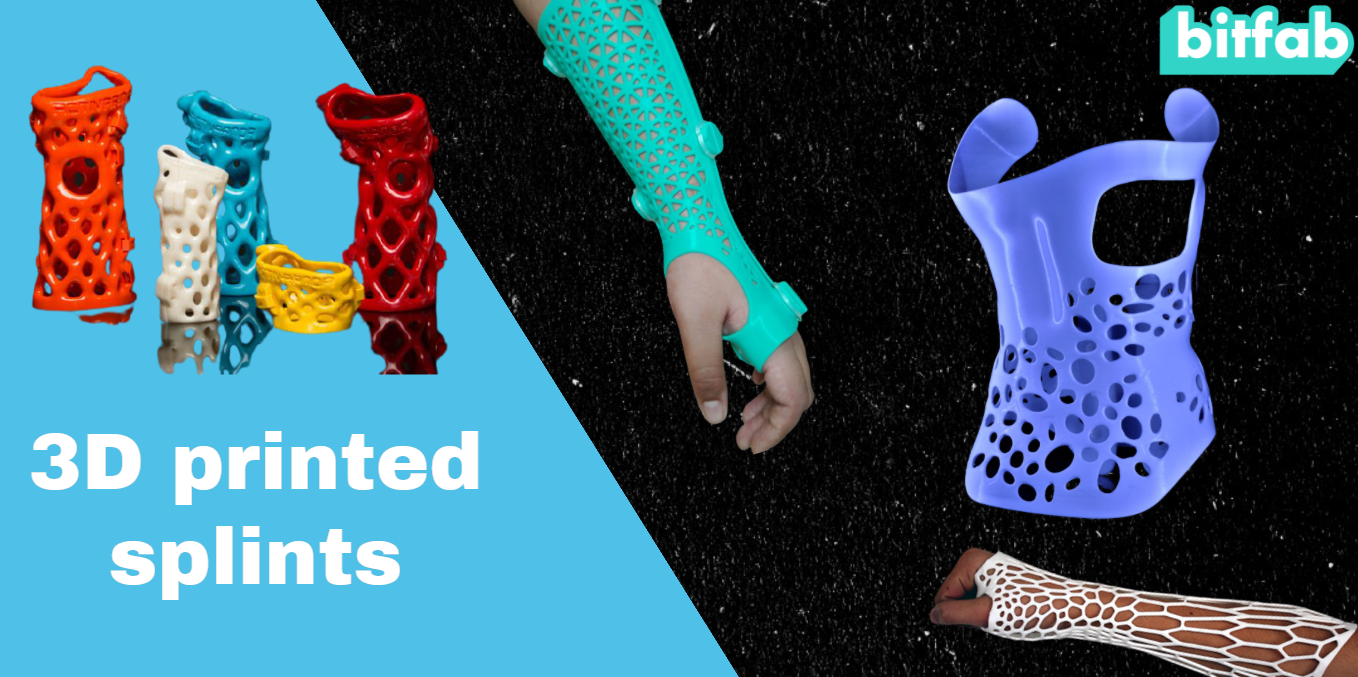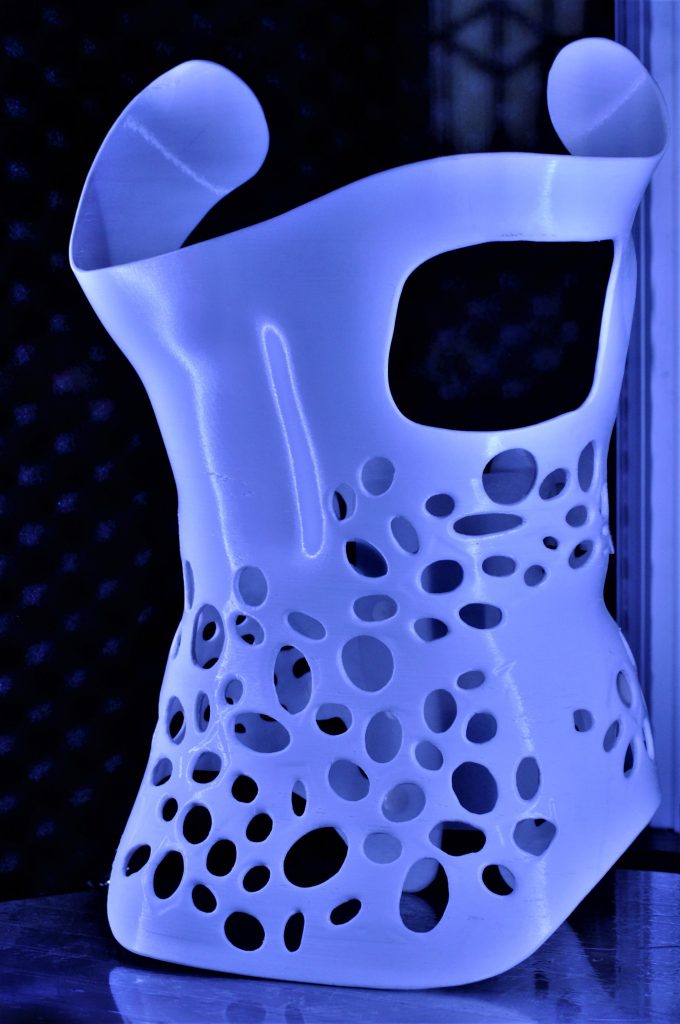3D printing is involved in many aspects of medicine. More specifically, it is increasingly common to find 3D-printed splints to treat injuries. Years ago this sector was quite popular, but now there are many companies that market these products.
Do you want to know everything about 3D-printed splints? Then keep reading. Let’s get started!
What is a splint?
A splint is basically an external, rigid element that is used to immobilize a part of the body. This is usually used in medicine when, in order to heal a dislocation or fracture, it is necessary to partially or totally restrict the movement of a joint.


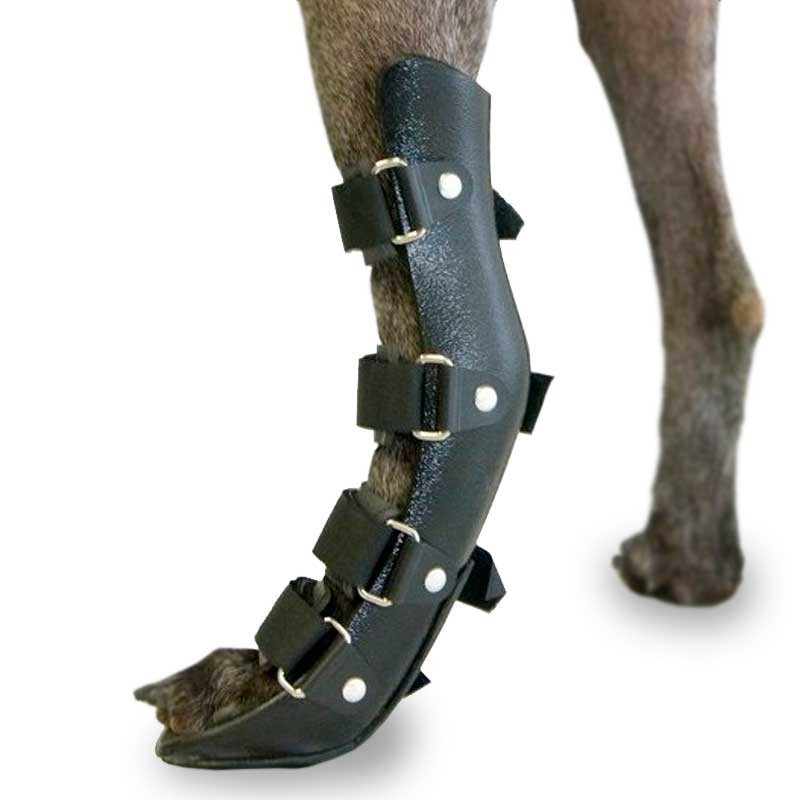
As you can see, there are splints to immobilize your wrist, your finger, or even your dog’s paw. They are elements that, generally, are quite widespread and surely you have used one of these before.
What are 3D-printed splints like?
3D-printed splints are quite different in appearance and features from traditional ones. When manufactured by 3D printing, quite complex geometries can be created, so these splints usually have some quite refined features in order to save weight, improve strength and be, in general, better designed products.
What are the advantages of 3D-printed splints?
As you have seen, splints are quite common and have been manufactured for a long time, so why manufacture them using 3D printing?
Well, the advantages are not few. We are going to tell you what we consider to be the most interesting ones: Ergonomics, customization and costs
Ergonomics of 3D-printed splints
Regular splints are not designed individually for each user. They usually consist of a rigid, hard part and a series of fasteners, either bandages, tapes or straps.

A conventional brace is designed to be able to work on anyone, so it will never be as accurate as it should be and will sometimes restrict our movement more or less than necessary.
A 3D-printed splint should not have to work like this, since it does not need to be adapted to any individual. Following the digital manufacturing paradigm, splints are designed to be 3D printed to fit each person. This means that the splint will perfectly wrap around our limb to meet any mobility restrictions prescribed by a physician.

In addition, the splint can be adapted to the patient’s morphology, solving the problem that sometimes very tall or very short people suffer from, whose extremities are not of the average size.
Finally, keep in mind that these splints can be designed with total freedom, because they are almost always designed to be easily put on and taken off for rehabilitation, treatment or cleaning of the injured area.
Customization of 3D-printed splints
Customization always goes hand in hand with 3D printing and digital manufacturing. If each splint is custom designed for the patient, things like materials and aesthetic appearance can also be adapted to his or her taste.
Since each user has different requirements, the splint can be produced to meet any need. By choosing appropriate materials and design patterns, it is possible to design very light splints for people without great mechanical requirements, very resistant for those who are going to put a lot of stress on them, very breathable for those who do not tolerate heat well, etc. Generally, a 3D printed splint will be lighter and more resistant than a traditional one, in addition to other advantages such as being radio-transparent (for X-rays), submersible, etc.
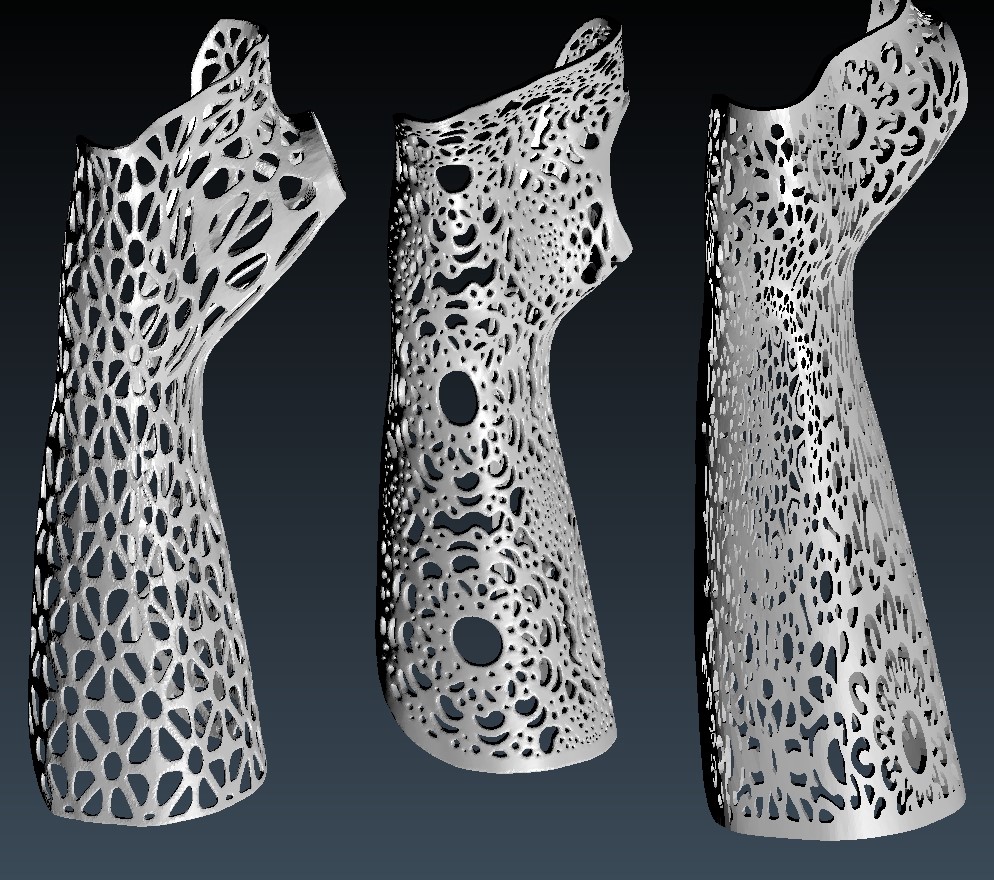
Besides, by varying the rigidity of the material and the geometry of the design, the splint can be made more or less restrictive, allowing it to adapt to different injuries.
On the other hand, the appearance of 3D-printed splints does not have to imitate that of traditional ones. This means that, as long as optimal functional criteria are met, the design can vary to suit our tastes. Therefore, splints can be manufactured to look almost like works of art and can become an aesthetic element. Being injured doesn’t have to stop you from being fashionable.

Cost of 3D-printed splints
Splints, especially those that treat more complex problems such as back problems, are often expensive. In these cases it is often necessary to custom design the splints or adapt the design for each person to treat their injury properly. As you know, custom manufacturing at low cost is one of the great advantages of 3D printing.
By means of accessible technologies it is possible to design and print in 3D splints with very complex geometries and adapted perfectly to our morphology without having to spend a lot of money. If you want to put yourself in the hands of professionals, there are some businesses in Spain such as La Milagrosa Orthopedics that have their own professional 3D splint printing service.
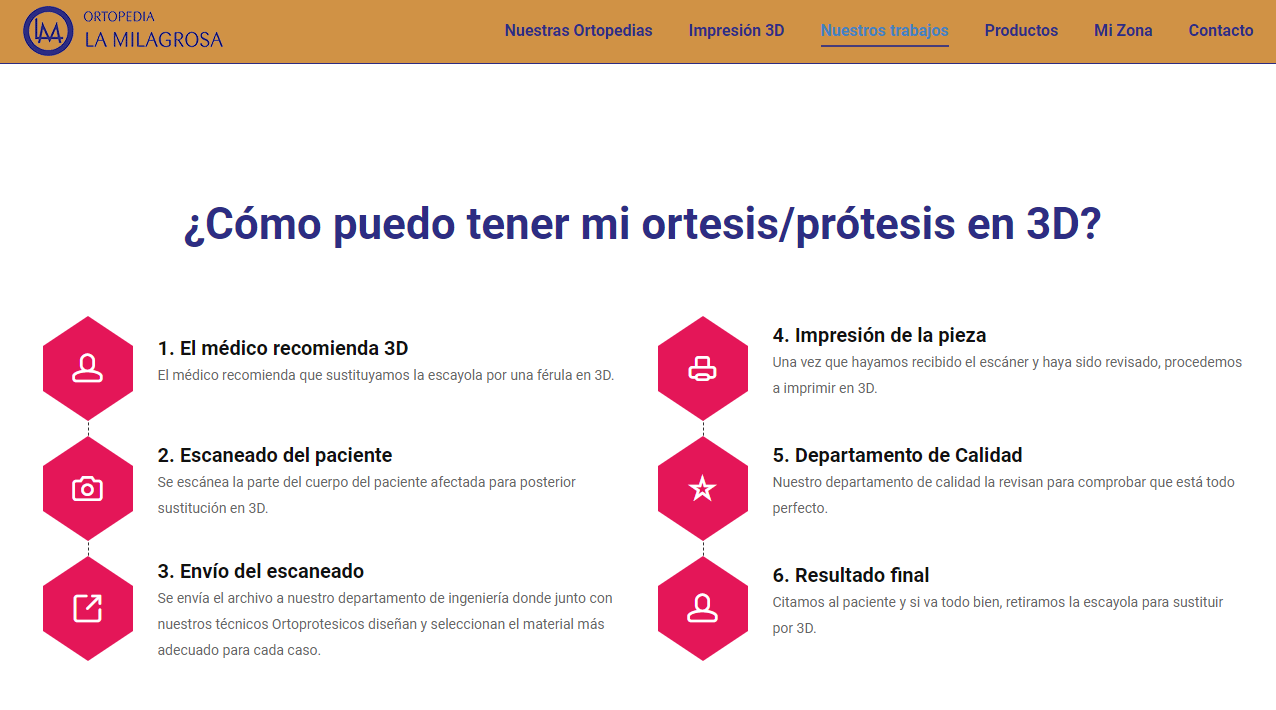
If, on the other hand, you want to manufacture it yourself, the costs will be laughable, since you can design it using free software and domestic FDM printers. In this Instructables article they explain the process using paid software and a 3D scanner, but this same process can be done using photogrammetry and freely available software. If you choose this path, the total cost will be a few euros, whatever the material and the amortization of the machine you use costs.
If you are interested in knowing more about how to make your own 3D printed splints, either for yourself or for your business, do not hesitate to leave us a comment and we will gladly help you. In Bitfab we love to give ideas so that the most pro maker can start new projects.
3D-printed splints in Bitfab
In Bitfab, as you know, we are experts in digital manufacturing. If there is any issue in which digital manufacturing is a good fit, it is in issues such as this, where customization brings enormous value to our part. Making splints printed in 3D is something that, from our point of view, makes a lot of sense, and we think it can be a widespread reality in a few years.
We are already working with this today, so we would love to help you start or develop your digital manufacturing projects for splints and other medical and orthopedic items.

